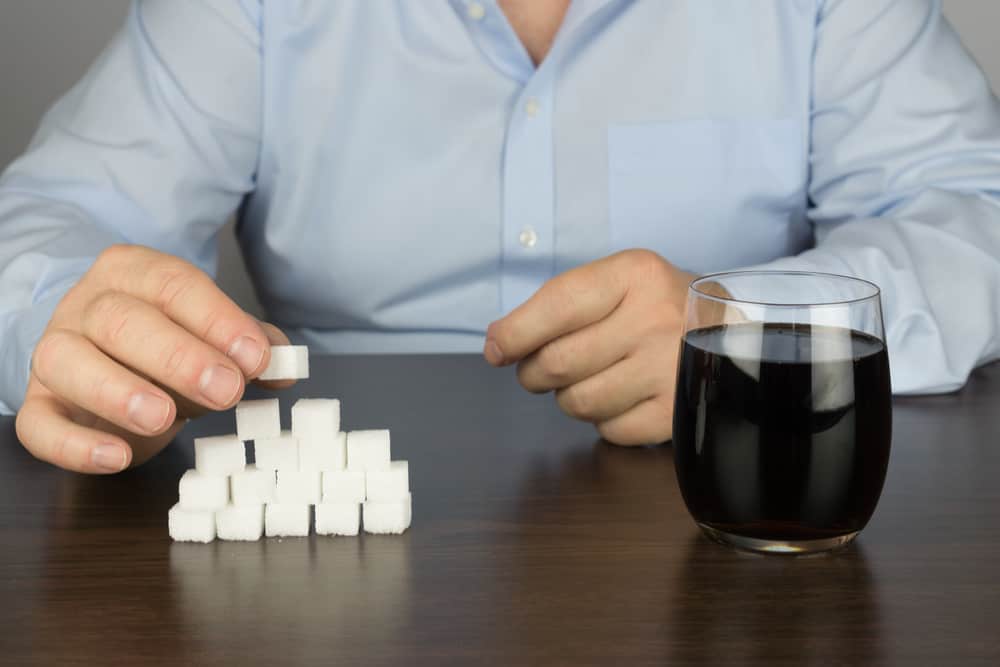Yes, it is a fact that you can lie down
The Role of Digestion System in this story is
Digestion breaks down the large pieces o
Food gets transformed into bolus with the help of saliva and enters the stomach. Stomach acid further dis
Chyme gets broken into the elements in intestine and finally absorbed into the blood
This is the initial stage of the metabolic processes inside the body or enzymes driven cat
What is the metabolism anyway?
Metabolism is comprised of two main categories of chemical processes: catabolism and anabolism.
Catabolism is using a series of metabolic pathways to break down the organic matter (amino acids, glucose and fatty acids) to be used in energy production through cellular respiration and other similar mechanisms.
Anabolism on the other hand is using that energy to create cellular structure, for example proteins, while one part of the glucose is used as brain energy and for the locomotive system.
Through a series of chemical reactions inside the cell (metabolic pathways), one chemical substance is being transformed into another using the case specific enzymatic sequence where each individual enzyme acts as a catalyst.
In other words, the process that will naturally occur in 70 million years lasts only few milliseconds when enzymes are added to the process.
The body uses macronutrients (amino acids, carbohydrates and lipids) and micronutrients (vitamins and minerals) for everything. When it comes to energy product
How The Body Produces Energy
As we said, anabolic processes can be observed as structural while catabolic ones as destructible. Catabolic processes provide with necessary energy used in anabolism, for example in cellular development.
How that works is pretty simple. Large molec
Cells are using monomers to create new polymers (building blocks) or to break them through the process of oxidation to release the energy. One part of that energy is lost in heat but most of it is used in a synthesis of adenosine-triphosphate (ATP) – the monetary currency of energy in body.
But ATP cannot be stored.
Activation of stored fat
F
Now the trick is simple. Body will always keep the essential levels of stored glucose for brain. So liver and muscles will use stor
This is why we are collecting fat tissue because the body prefers carbohydrates and glucose in particular for energy production. And when glucose (glycogen) levels are low and body needs energy, epinephrine and glucagon will be dispatched to connect with their specific receptors on a membrane of adipocyte. This will activate specific enzymes on that same membrane which in turns activates messengers (caffeine is a known messenger).
At the end, these triglycerides (triacylglycerols) are being metabolized into fatty acids and glycerol. Fatty acids are used for energy and glycerol goes to the liver to re-synthesize triglycerides.
So you see…you can lie down and burn fats. Why sun tanning? Energy is needed in a production of vitamin D in your skin. Two flies with one stroke!








